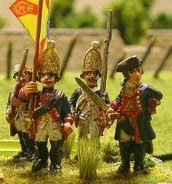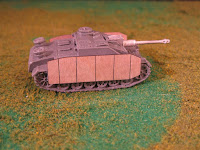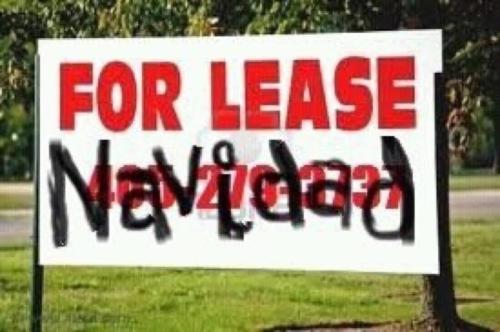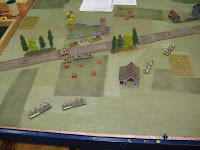My painting totals are similar to 2010, although it 'feels' like I got more done this year.
The year end tallies are:
- Painted 25mm figures: 0 (much to my shame and surprise)
- Painted 15mm figures: 389
- Painted 15mm vehicles: 87
- Terrain/Misc created: 37
- Stands re-based: 90
- Purchased painted 15mm figures: 109
- Purchased painted 28mm figures: 126
My re-basing projects were split between two projects, completing the conversion of my ACW armies to V&B and re-basing some beautiful 28mm AWI British and American figures that I was fortunate enough to purchase from Ebay (also seen left). Terrain was again mostly WWII based including fortifications and objectives for my North Africa forces.
 With the laser I had a fairly creative year including making schürzen for some 15mm StuG tanks, a Brother Against Brother template for my friend Byron, some very neat heavy machine gun nests for my German North Africa force, some movement trays and a bee swarm template for my friend Gordon's Tanga WWI desert skirmish game, and some British Grenadier templates requested by some internet friends in England. Almost winning picture of the year honors was my favorite project on the laser this year, my 28mm Pirate ship. This is a project I will return to in 2012 as part of a club project. I hope to have club members come to my house to build their own copies of this and possibly one or two more that I'm working on. Should be fun.
With the laser I had a fairly creative year including making schürzen for some 15mm StuG tanks, a Brother Against Brother template for my friend Byron, some very neat heavy machine gun nests for my German North Africa force, some movement trays and a bee swarm template for my friend Gordon's Tanga WWI desert skirmish game, and some British Grenadier templates requested by some internet friends in England. Almost winning picture of the year honors was my favorite project on the laser this year, my 28mm Pirate ship. This is a project I will return to in 2012 as part of a club project. I hope to have club members come to my house to build their own copies of this and possibly one or two more that I'm working on. Should be fun.I played in an embarrassingly large amount of games this year thanks to both my club and Adler Hobby each of which provided me a venue to play a large amount of games. Games at Adler were mostly FOW WWII but I also played two very enjoyable Black Powder games, one Napoleonic and one Seven Years War. With my friends from the Northern Conspiracy games ranged from ancients through World War II, with a surprisingly high quantity of ACW this year due to the 150th anniversaries starting up. My favorite game of the year was an epic Renaissance game in 28mm using house rules created by my uncle that featured what had to be close to 1000 beautiful 28mm figures per side and spread across 3 large tables.
I hope you all had a great 2011. I look forward to another good wargaming year in 2012. My next post will be a review of how I did accomplishing last year's goals and setting forth some goals for 2012.
Happy New Years All!
AJ























































